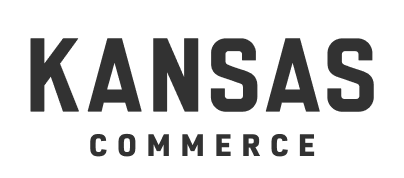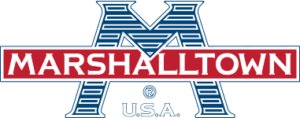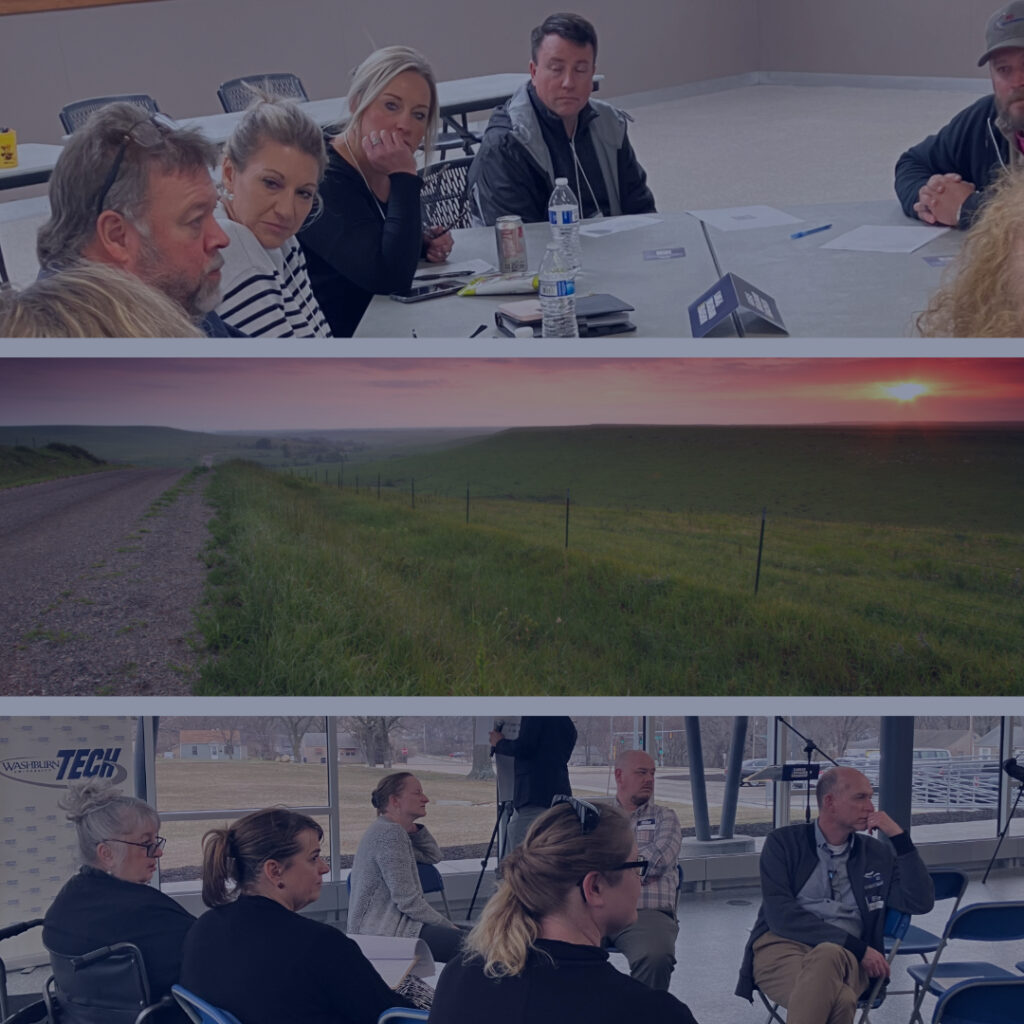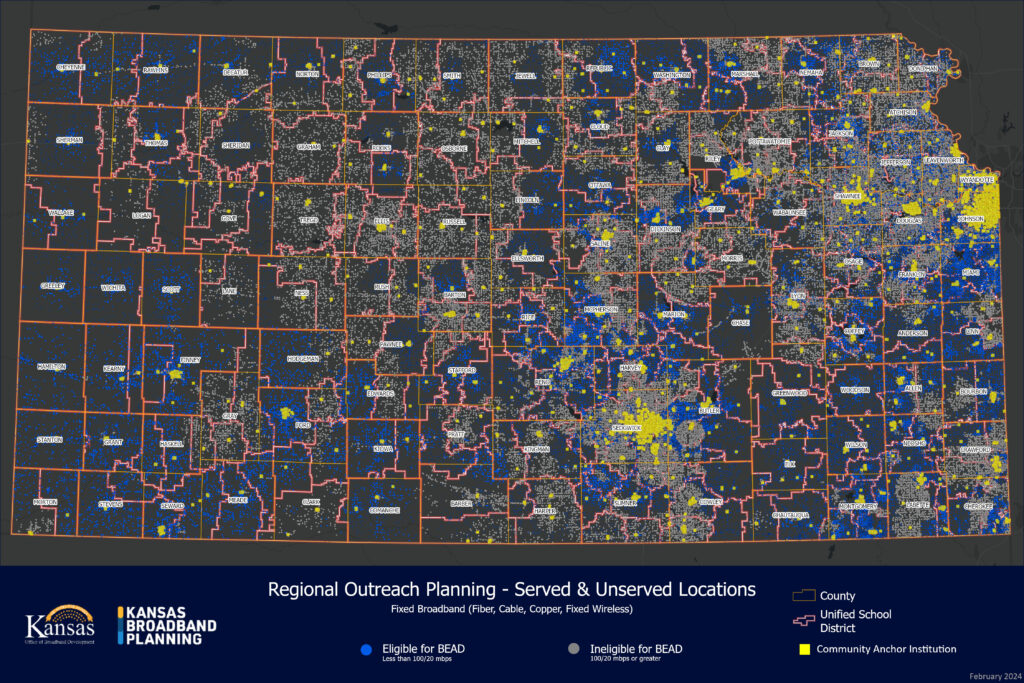Local Tribal Coordination
Definition: Local, regional, and tribal collaboration is required to ensure that applicants have properly engaged Kansans to determine their communities’ needs.
Scoring: Applications that demonstrate meaningful community engagement and local planning, as described below, will receive seven points. Two points will be awarded if letters of support are the only evidence provided, and zero points if no documentation is provided.
Community Engagement
Prospective subgrantees must demonstrate extensive community engagement and local planning. Understanding the infrastructure and service needs in the Project Funding Areas requires network planning, design, and the voice of the residents. Applications must include evidence of locally held meetings with residents and businesses from the Project Funding Areas where they are applying. This evidence must consist of meeting minutes, attendee lists, and discussion items like those contained in the NTIA Local Coordination Tracker. Furthermore, locally held discussions on permitting, rights of way, pole attachments, or other easement needs are preferred. Lastly, KOBD expects applicants to share their rate plans, low-cost service plans, terms and conditions, service commitments, and billing formats to each Project Funding Area.
Letter of Support
Applications with letters of support from local leaders (e.g., county commissioners, Tribal leaders, board of supervisors, city councils, unified school district boards, local businesses, or residents), but cannot demonstrate local planning as described above, may receive two points, depending on the number and quality of each formally authorized letter. Local and tribal governments may provide letters of support for one or more applicants for the same Project Funding Area.

